Introduction: The Gateway to a Plumbing Career
Plumbing is often described as the backbone of modern infrastructure, quietly ensuring that water flows, waste is removed, and homes and businesses remain comfortable and sanitary. Behind every functional sink, hot shower, and flush toilet, there’s a skilled professional who knows the intricacies of pipes, valves, and fixtures. But how does someone become one of these trusted experts? For many, the answer is a plumbing apprenticeship—a structured, hands-on training path that bridges the gap between classroom learning and real-world expertise.
If you’re considering a hands-on, stable, and well-compensated career, plumbing offers a wealth of opportunities. Yet, the process of entering the field can seem daunting for beginners. What exactly is involved in a plumbing apprenticeship? How do you get accepted? What should you expect on the job and in the classroom? This guide demystifies the entire process, from researching programs to earning your journeyman license. Whether you’re a high school graduate, a career changer, or simply curious about skilled trades, you’ll find actionable advice, insider tips, and a clear roadmap to help you launch a rewarding career in plumbing.
Understanding Plumbing Apprenticeships
What Is a Plumbing Apprenticeship?
A plumbing apprenticeship is a formal program that blends classroom instruction with paid, on-the-job training under the supervision of licensed plumbers. Apprenticeships typically last 4 to 5 years, during which you’ll learn everything from basic pipe installation to advanced system diagnostics. Unlike college degrees that may leave you with debt, apprenticeships allow you to earn a wage while you learn, making them a practical and affordable entry point into the trades.
Why Choose an Apprenticeship?
- Earn While You Learn: Apprentices are employees, not just students. You’ll receive a paycheck from day one.
- Job Security: Plumbers are always in demand, and apprenticeship completion often leads directly to full-time positions.
- Industry-Recognized Credentials: Upon completion, you’ll qualify to take the journeyman exam in your state or region.
- Hands-On Experience: Real-world training makes you job-ready and gives you confidence to tackle complex challenges.
Prerequisites and Requirements
Basic Eligibility
Each apprenticeship program has its own entry requirements, but most share these basics:
- Minimum age of 18 (some allow 17 with parental consent)
- High school diploma or GED
- Valid driver’s license
- Ability to pass a drug screening
- Physical fitness (ability to lift, kneel, and work in confined spaces)
Additional Requirements
- Some programs ask for a passing grade in high school algebra
- Basic mechanical aptitude test
- Letters of recommendation or character references
Finding the Right Apprenticeship Program
Union vs. Non-Union Programs
There are two primary types of plumbing apprenticeship programs:
- Union Programs: Operated by organizations like the United Association (UA) or local unions, these offer established training, strong job placement, and collective bargaining benefits.
- Non-Union (Open Shop) Programs: Run by independent contractors, companies, or trade associations, these may offer more flexible schedules and entry points.
How to Research Programs
- Start with your state’s Department of Labor or Apprenticeship Office directory.
- Explore local union halls and plumbing contractor associations.
- Visit program websites and attend open houses to compare curricula, placement rates, and benefits.
Key Questions to Ask
- What is the application process and timeline?
- How many apprentices are accepted each year?
- What are the hourly wages and benefits?
- What is the ratio of classroom to on-the-job training?
- What support is available for exam preparation and licensing?
The Application Process Explained
Step 1: Gather Documentation
Prepare your application packet with proof of education, photo ID, references, and any required test scores.
Step 2: Aptitude Tests and Interviews
Most programs require a basic math and mechanical reasoning test. If you pass, you’ll be invited for an interview. Here, punctuality, professionalism, and a willingness to learn are key.
Step 3: Acceptance and Registration
If you’re accepted, you’ll sign an apprenticeship agreement outlining your responsibilities, wage progression, and training schedule. Some programs start new cohorts only once or twice a year, so applying early is smart.
What to Expect as a Plumbing Apprentice
On-the-Job Training
Most apprenticeships require between 7,500 and 9,000 hours of supervised work experience over 4-5 years. You’ll work alongside journeyman or master plumbers, tackling tasks such as:
- Measuring, cutting, and joining pipes (copper, PVC, PEX, cast iron)
- Installing fixtures, faucets, and appliances
- Reading blueprints and system diagrams
- Diagnosing leaks, blockages, and pressure issues
- Performing repairs and system upgrades
Classroom Instruction
Apprentices typically complete 500-1,000 hours of classroom instruction. Topics covered include:
- Plumbing codes and regulations
- Safety protocols and hazard recognition
- Mathematics for pipefitting and layout
- Blueprint reading
- Backflow prevention, water treatment, and system design
Wages and Benefits
Apprentices start at a percentage of journeyman wages—often 40-50%—with scheduled raises each year as skills progress. Benefits may include health insurance, retirement plans, and paid time off, especially in union programs.
Tips for Success During Your Apprenticeship
Show Up Prepared
- Arrive early, ready to work, with all required tools and PPE (personal protective equipment).
- Dress appropriately—clean, durable workwear and safety boots are a must.
Be Proactive and Engaged
- Ask questions and seek feedback from mentors.
- Volunteer for challenging tasks to broaden your experience.
- Stay organized with a notebook or digital log to track projects, hours, and lessons learned.
Prioritize Safety
- Always use PPE: gloves, safety glasses, hearing protection, and masks as needed.
- Never take shortcuts on lockout/tagout or confined space procedures.
- Report hazards and near-misses promptly to build a culture of safety.
Commit to Ongoing Learning
- Attend every class—success depends on both technical knowledge and hands-on skill.
- Read trade publications and follow industry updates to stay current.
After the Apprenticeship: Journeyman Licensing and Beyond
The Journeyman Exam
Upon completing your apprenticeship, you’ll be eligible to take the journeyman plumber licensing exam in your state or locality. This typically includes a written test on code compliance, system design, and safety, plus a hands-on practical assessment.
Career Opportunities
With your journeyman license, you can:
- Work independently on residential or commercial projects
- Specialize in areas such as medical gas, green plumbing, or fire suppression
- Supervise apprentices and junior plumbers
- Continue your education to become a master plumber or start your own business
Frequently Asked Questions
How competitive are plumbing apprenticeships?
Spots can be competitive, especially in union programs. Applying to multiple programs, preparing thoroughly for aptitude tests, and demonstrating a strong work ethic will improve your chances.
Can I get credit for prior experience?
Some programs offer advanced placement or credit for prior trade school or work experience, but you’ll need to provide documentation and pass a skills assessment.
Do I need to buy my own tools?
Most apprentices are expected to start with a basic set (tape measure, pipe wrench, pliers, safety gear), with more specialized tools provided by employers or acquired over time.
Resources and Next Steps
- Find registered programs through the U.S. Department of Labor’s Apprenticeship Finder.
- Contact your state’s licensing board for requirements and exam details.
- Join plumbing forums and trade groups for peer advice and job leads.
Conclusion: Building a Foundation for Lifelong Success
Starting a plumbing apprenticeship is more than just a job—it’s the first step in a stable, respected career that keeps society running. The combination of paid, hands-on training and structured classroom learning makes apprenticeships uniquely effective at preparing tomorrow’s skilled tradespeople. While the path requires dedication, initiative, and a willingness to learn, the rewards—financial security, job satisfaction, and the ability to make a tangible difference—are substantial.
If you’re motivated by problem-solving, enjoy working with your hands, and want a career with long-term growth, plumbing is an excellent choice. By understanding the apprenticeship process and preparing thoroughly, you’ll position yourself for success from application to licensure and beyond. Remember, every master plumber started as an apprentice—your journey can begin today. Take the first step, and you’ll be joining a proud tradition of essential workers who keep our communities safe, healthy, and functional for generations to come.



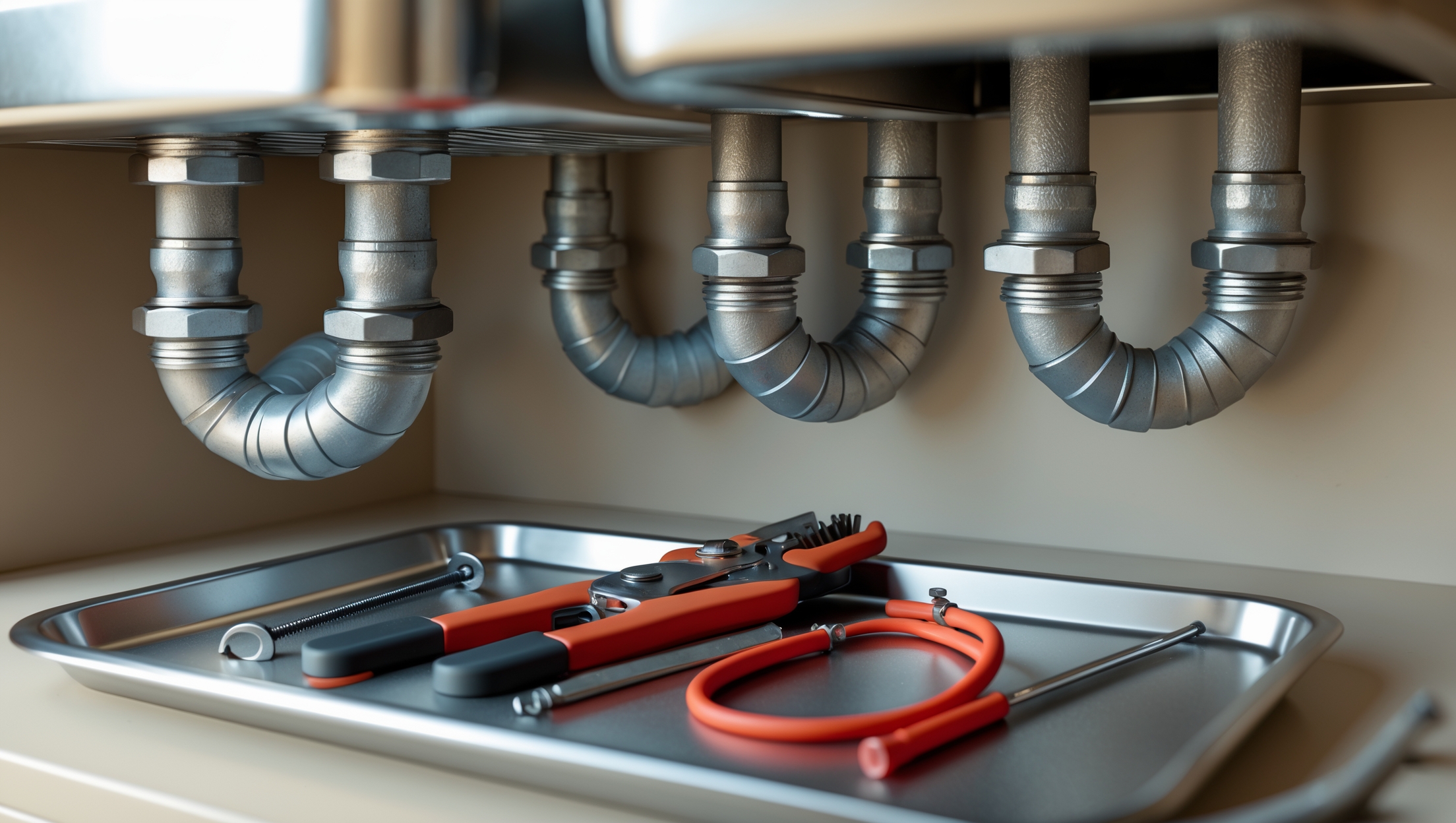
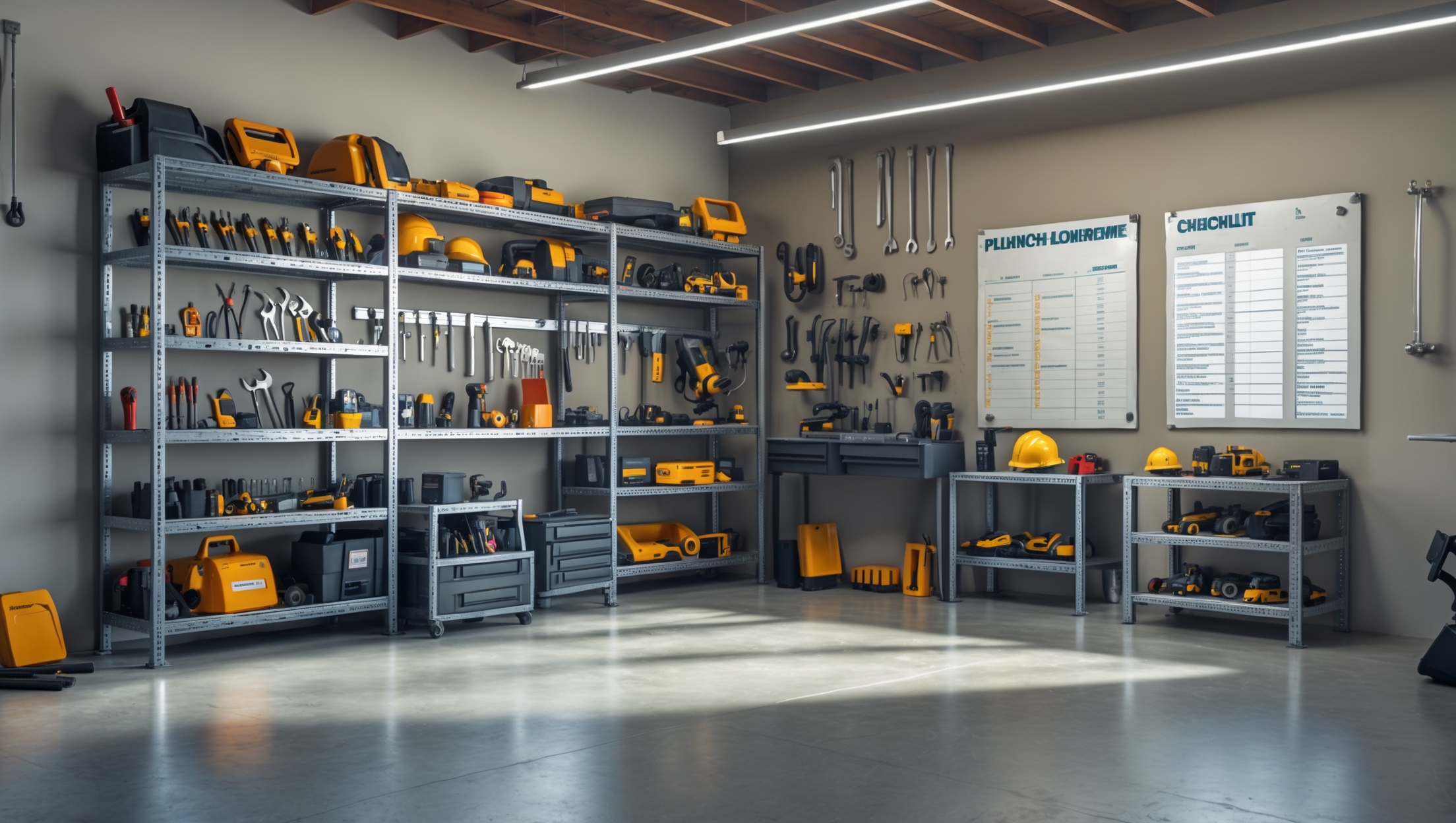


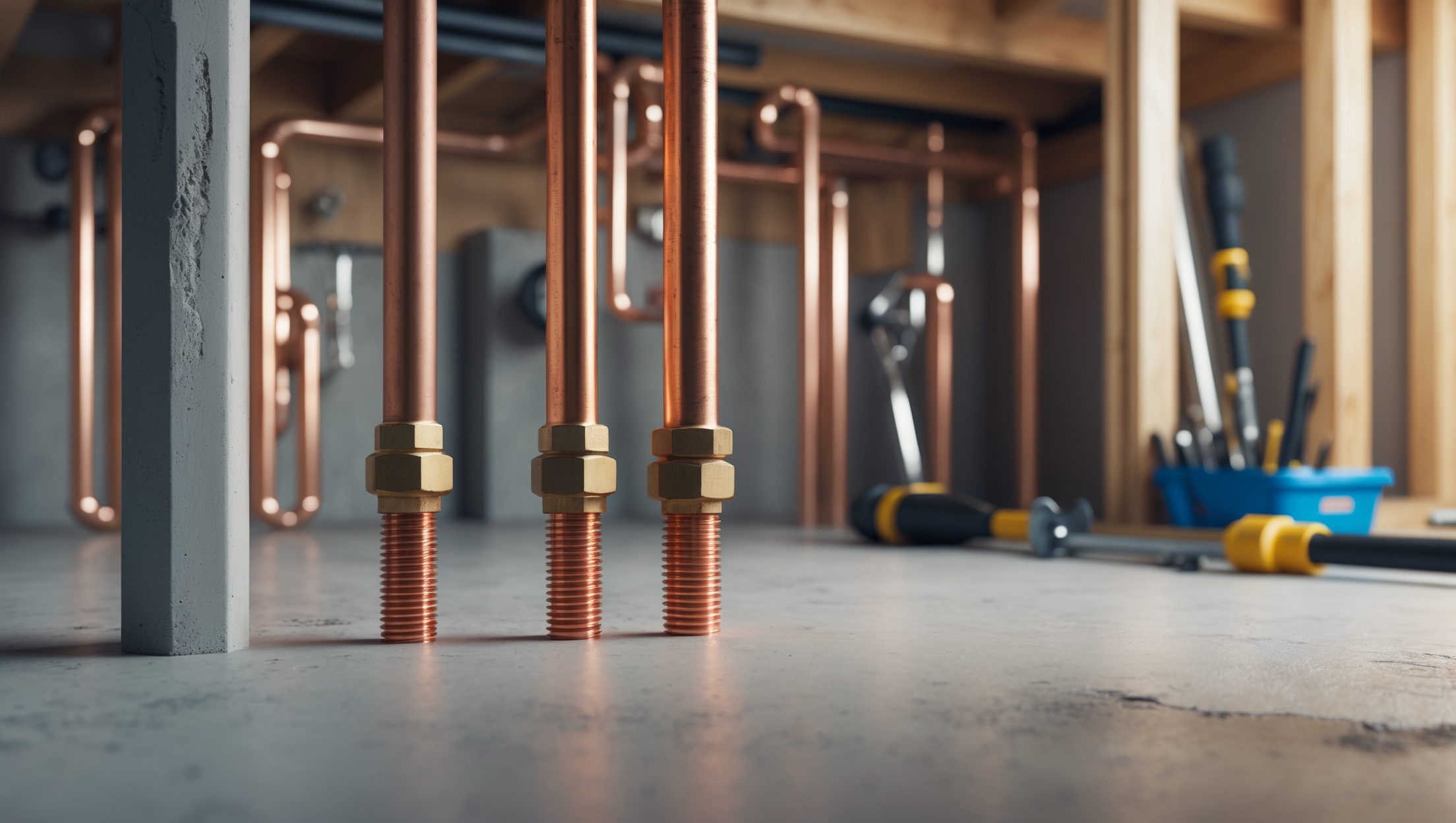
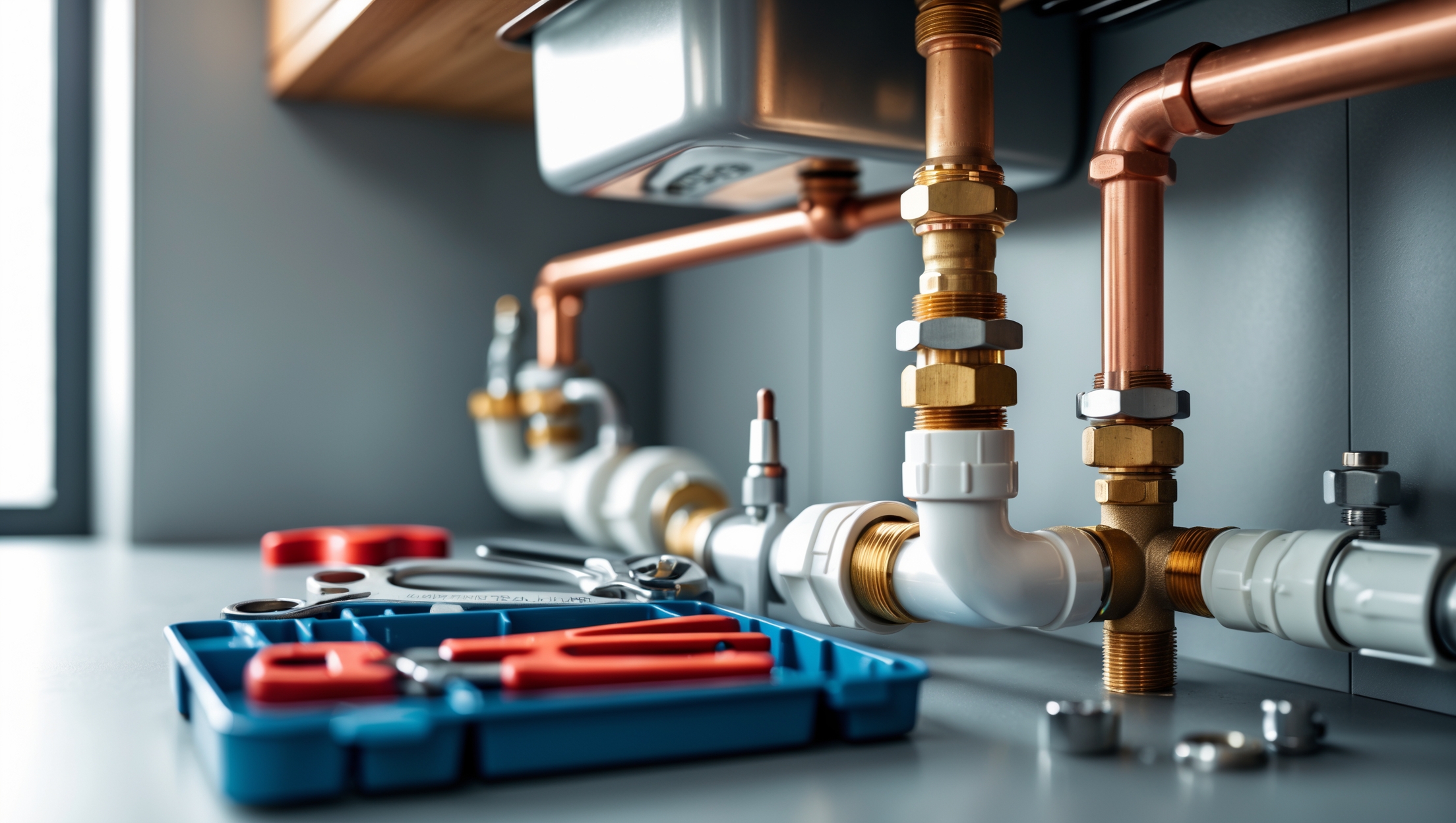
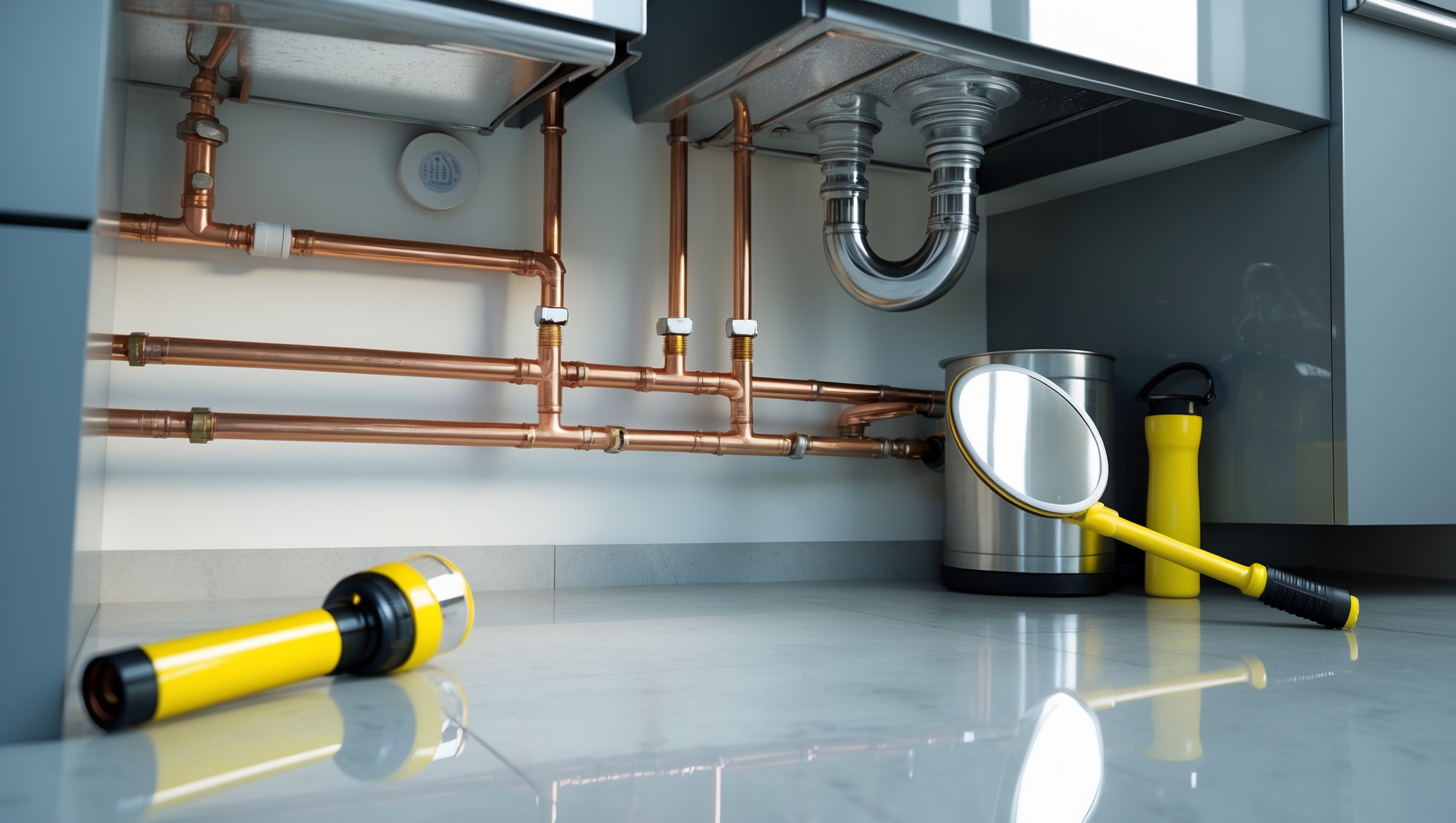
Joshua Smith
You mention that apprenticeships bridge classroom learning and real-world work. Can you give some examples of the kinds of tasks a new apprentice might do in the first few months on the job versus tasks learned later in the program?